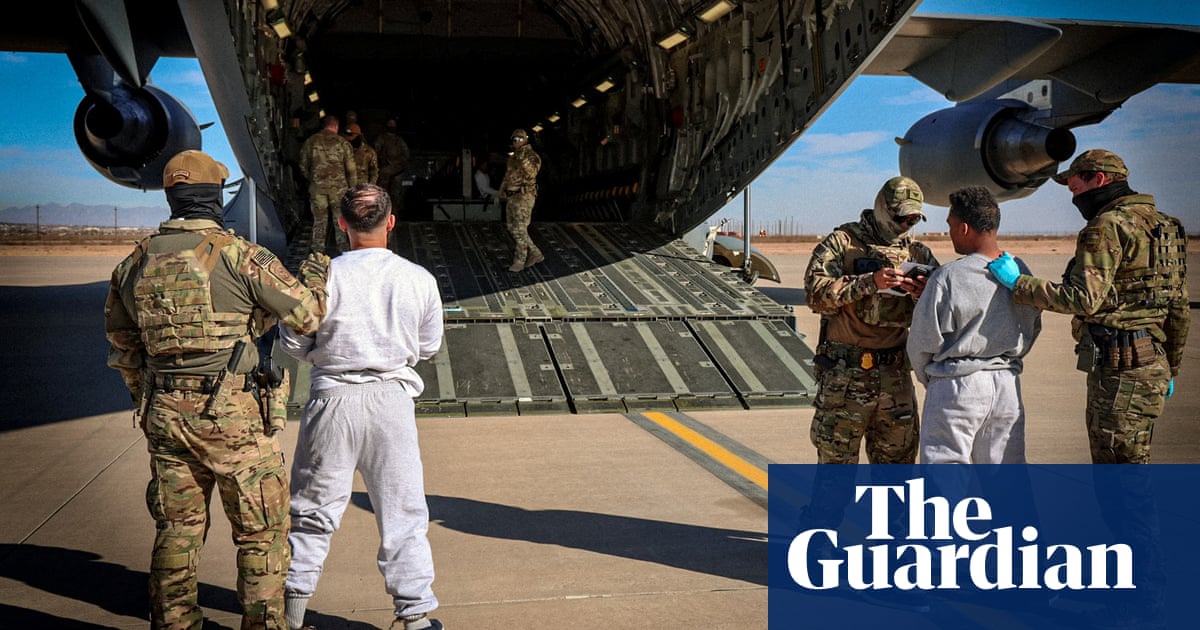China’s rapid military expansion has been a focal point of global security discussions, particularly regarding its potential to challenge U.S. dominance in the Indo-Pacific region.
However, a new RAND Corporation report questions whether this military buildup is primarily aimed at external warfare or if it serves a different purpose: maintaining Chinese Communist Party (CCP) control.
While China has made significant strides in modernizing its armed forces, the report suggests that corruption, political oversight, and lack of combat experience may hinder its actual warfighting capabilities.
Military Expansion and Its Strategic Goals
Under President Xi Jinping, China has significantly expanded its People’s Liberation Army (PLA), transforming it into a force that rivals, and in some cases surpasses, Western militaries. The PLA Navy is now the largest in the world, and China has invested heavily in hypersonic missiles, cyber warfare capabilities, and stealth aircraft.

Some analysts argue that this buildup is aimed at deterring U.S. intervention in potential conflicts, especially over Taiwan. Yet, the RAND report challenges this assumption, arguing that despite the advanced weaponry, the PLA remains politically constrained.
According to the report, China’s military prioritizes party loyalty over operational effectiveness, with political commissars embedded in military units and a significant portion of training dedicated to ideological indoctrination rather than combat readiness.
Corruption and Operational Effectiveness
Another major concern highlighted by the report is the widespread corruption within the Chinese military. Previous U.S. intelligence assessments revealed missiles filled with water instead of fuel and malfunctioning missile silos, raising doubts about China’s ability to conduct large-scale military operations effectively.

The recent military purge under Xi Jinping was reportedly driven by these concerns, as the Chinese leadership sought to root out corruption in the Rocket Force and other strategic units.
The report suggests that these issues weaken China’s war readiness despite its vast military budget. U.S. officials believe that the extent of corruption within the PLA reduces the likelihood of a near-term conflict, as China may need more time to address these internal challenges before considering any military action.
The Taiwan Question : Is War Inevitable?
The potential for a Chinese invasion of Taiwan remains one of the most pressing concerns for global security analysts. Some reports suggest that Xi has instructed the PLA to be ready to take Taiwan by 2027, fueling speculation that military action is imminent.
However, the RAND study argues that China’s rhetoric does not necessarily translate into concrete invasion plans. Unlike the U.S. military, which routinely prepares detailed operational strategies, there is little evidence that the PLA has developed a comprehensive battle plan for a Taiwan invasion.
Additionally, amphibious landings—necessary for a full-scale attack on Taiwan—are among the most complex military operations, requiring extensive coordination between air, naval, and ground forces.
Given the PLA’s lack of recent combat experience, an invasion could result in high Chinese casualties and a prolonged conflict.
Some analysts believe that rather than a direct invasion, China may opt for alternative pressure tactics, such as blockades, cyber warfare, and diplomatic coercion, to bring Taiwan under its control without triggering a full-scale war.
The Broader Impact on U.S.-China Relations
The U.S. allies continue to assess China’s military expansion, leading some policymakers to argue that Washington should reconsider its approach.
If China’s military is indeed more focused on internal control than external aggression, the U.S. may need to shift its strategy from preparing for a large-scale war to countering China’s non-military threats, such as economic coercion, cyber warfare, and regional diplomacy.
At the same time, military simulations conducted by Western analysts still suggest that the PLA could pose a significant challenge in a regional conflict, particularly in scenarios involving U.S. intervention in Taiwan.
Article by:Source:















